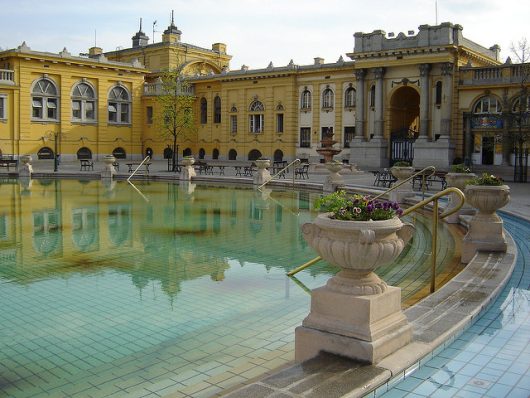10 Revealing Facts About Poverty in Hungary

Hungary is a nation of 10 million people in Central Europe. Even though the country has a very high standard of living, many of its people live in poverty. Here are 10 facts about poverty in Hungary:
- According to a study by the Organisation for Economic Co-operation and Development (OECD), the portion of Hungarian children living in relative poverty has risen from seven percent in 2007 to 17% in 2012. As housing prices have increased, especially outside of cities, it has become increasingly difficult for families to find affordable housing.
- Fewer people live in poverty in Hungary than the EU average. While the average number of people living below the poverty line in the EU is 17%, this number in Hungary is 14.6%.
- Many young people feel like they have no future in the country. According to a report by the Hungarian Central Statistical Office, about half of people between the ages of 19 and 30 would like to work abroad.
- As housing prices have soared, more families are accumulating debt. Housing prices have increased by an average of 31% over the past three years. The only European country with quicker rising real estate prices is Sweden.
- Almost half of Hungarians–44%–can not afford basic resources. This compares with an average of 19% across the EU.
- The highest rates of poverty in Hungary are in the northeastern part of the country. The regions of Ezak-Magyarorzag and Eszak-Alfold have poverty rates above the EU average. The causes of this range from inadequate infrastructure to little economic activity to an insufficiently skilled workforce.
- For every 1,000 Hungarian children, 6.1 die before their fifth birthday, according to a report by the Save the Children Foundation. This is above the EU average as well as the rates in countries such as Libya, Bulgaria, Cuba and Macedonia. Since malnutrition is contributing significantly to this abnormally high statistic and hunger is a taboo subject in Hungary, the Save the Children Foundation has started an initiative to provide vitamins, baby formula and medicine to children and expecting mothers.
- Recently, more children have been taken from their families due to poverty. The government places children in orphanages and forbids them from returning home to see their parents.
- Hungarian Foreign Minister Peter Szijjarto believes that digitalization may be the key to reducing poverty. Szijjarto said in a U.N. address that Hungary wants to be a hub for digital innovation. The government plans to reduce the tax rate on internet services and bring broadband with speeds of 30Mbps to all Hungarians by 2018.
- The unemployment rate in Hungary was only 4.5% as of the fourth quarter of 2016. This is better than the OECD average and similar to the rate in the U.S.
While Hungarians face several poverty-related issues, from rising housing prices to malnourished children, there is reason to be hopeful as the country’s government and organizations like Feed the Children are aware of the situation and have ideas to solve the problem of poverty in Hungary.
– Brock Hall
Photo: Flickr
